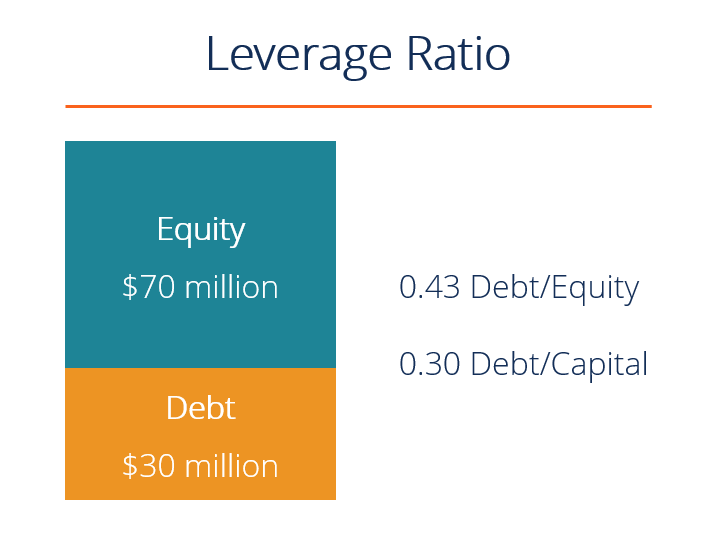57 + $2,159. 59 + $2,056. 76 Present Value = Therefore, the value of Steve's lotto earnings today is $8,865. The formula for the discount rate can be obtained by utilizing the following actions: First of all, determine the worth of the future capital under factor to consider. Next, identify the present value of future capital. Next, identify the number of years between the time of the future capital and the present day. It is denoted by n. Lastly, the formula for discount rate can be derived by dividing the future money circulation (step 1) by its present value (step 2) which is then raised to the mutual of the variety of years (action 3) and the minus one as revealed listed below.
As such, the concept of discount rate is very essential in project assessment therefore it is important that we choose an appropriate discount rate in order to get to the maximum evaluation. A few of the discount rate rates used by the bulk of business are WACC (weighted average expense of capital), expense of equity, expense of debt, safe rate of return or company-specific obstacle rate. You can use the following Discount Rate Formula Calculator Discount Rate Rate = (Future Capital/ Present Worth) 1/ n - 1 (0/ 0) 1/ 0 - 1 = 0.
If you're seeing this message, it means we're having trouble loading external resources on our site. If you're behind a web filter, please make certain that the domains and are unblocked.
The interest rate that the Federal Reserve charges a bank to obtain funds when a bank is briefly short of funds. Security is needed to obtain, and such borrowing is rather limited since the Fed views it as a benefit to be used to satisfy short-term liquidity requirements, and not a gadget to increase incomes. In context of NPV or PV calculations, the discount rate is the yearly portion used. In the context of job funding, the discount rate is often the all-in interest rate or the interest rate plus margin. Farlex Financial Dictionary. 2012 Farlex, Inc. All Rights Reserved1.
A modification in this rate is deemed a strong indication of Fed policy with regard to future modifications in the money supply and market rates of interest. Generally, an increase in the discount rate signals increasing rates of interest in the cash and capital markets. 2. The rate at which a financial investment's profits and costs are marked down in order to determine its present worth. Wall Street Words: An A to Z Guide to Financial Investment Terms for Today's Investor by David L. Scott. Copyright 2003 by Houghton Mifflin Company. Published by Houghton Mifflin Business. All rights scheduled. All rights reserved. The discount rate is the interest rate the Federal Reserve charges on loans it makes to banks and other banks.
Some Known Details About What Does Leverage Mean In Finance

That's due to the fact that a bank typically uses the discount rate as a benchmark for the interest it charges on the loans it makes. For example, when the discount rate boosts, the interest rate that loan providers charge on home mortgages and other loans increases. And when the discount rate is decreased, the cost of customer loaning ultimately decreases also. The term discount rate also applies to discounted instruments like US Treasury bills. In this case, the rate is utilized to recognize the interest you will earn if you acquire at issue, hold the costs to maturity, and get face value at maturity.
the INTEREST RATE at which future money inflows and money outflows connected with an FINANCIAL INVESTMENT task are discounted in order to enable the timing of Look at this website these cash flows. The discount rate utilized by firms in evaluating the desirability of investments is often based upon the average COST OF CAPITAL to the firm. See MARKED DOWN MONEY Go to the website FLOW. Collins Dictionary of Organization, 3rd ed. 2002, 2005 C Pass, B Lowes, A Pendleton, L Chadwick, D O'Reilly and M Afferson the RATES OF INTEREST at which the streams of cash inflows and outflows associated with an INVESTMENT task are to be discounted. For private-sector projects, the discount rate is regularly based upon the weighted-average EXPENSE OF CAPITAL to the company, with the interest cost of each type of finance (long-term loans, overdrafts, equity and so on) being weighted by the percentage Home page that each form of finance adds to total business financial resources.

It can be argued that, while people have a minimal life-span therefore will not look a lot of years ahead for rois, society continues forever as some people pass away and are changed by others being born, so society will tend to look further ahead for returns. What happened to household finance corporation. This variation between private time preference and social time preference implies that society will tend to mark down the future less greatly than the individual and would favour a lower discount rate. On the other hand, opportunity-cost considerations may make it tough for society to apply a lower, less stringent, discount rate to public sector jobs than is applied in the economic sector.
The social opportunity-cost discount rate may well therefore require to be similar to the private sector rate. Finally, the federal government interest rate is a risk-free interest rate given that it entails little risk of default in paying back the loan, while economic sector rates entail a danger premium, so that the government interest rate might be too low in opportunity-cost terms. In a lot of public financial investment appraisals the discount rate applied has tended to follow current dominating private-sector rate of interest. See INVESTMENT APPRAISAL, DISCOUNTED CAPITAL, PAYBACK PERIOD, COST-BENEFIT ANALYSIS, TIME PREFERENCE. Collins Dictionary of Economics, fourth ed. C. Pass, B. Lowes, L.
Increases or reduces in the discount rate generally signal comparable increases or reduces in bank loan rates to customers, although the 2 are not directly connected to each other. The Complete Realty Encyclopedia by Denise L. Evans, JD & O. William Evans, JD. Copyright 2007 by The Mc, Graw-Hill Companies, Inc.
The Ultimate Guide To What Does Fy Mean In Finance
In financing, the discount rate has different significances, some crucial ones mentioned listed below: Discount rate refers to the rate of interest charged by the main bank from the depository organizations which obtain reserves form it, for example, for using discount rate window of the Federal Reserve. Discount rate can be discussed as the rate of interest where the term "discount rate" does not implicate to its typical significance. It is rather a ramification of the computations of present worth, like NPV or DCF. The discount rate, in some cases likewise referred as the annual reliable discount rate, can be specified as the annual interest divided by the capital plus that interest.
Furthermore, it represents the usage of worth after a year in the type of a small value less a discount rate. Also, it is used for treasury expenses and comparable monetary instruments. Based on Investopedia, the discount rate is determined through the typical rates which are willingly charged by the banks from each other for over night funds. The rate of interest used in affordable cash flow analysis for identifying today value of future cash flows. Besides, the discount rate also takes into account the time worth of money in addition to the unpredictability or danger of the expected cash circulations in a way as discussed below: 1.